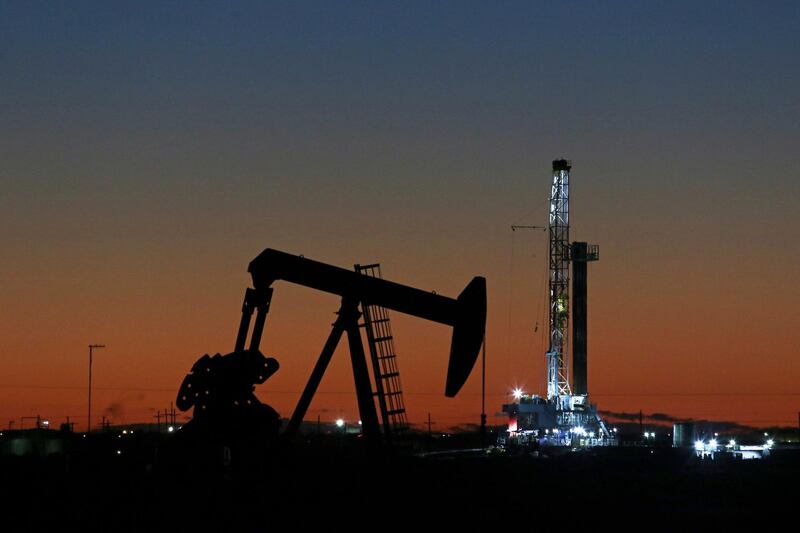Oil prices slipped on Thursday as reports of higher than expected US inventory stockpiles slowed the market, which had a rocky week amid mixed news of a resolution to the US-China trade war.
The Brent crude benchmark was down 0.6 per cent and was trading at $59.06 per barrel at 1.35pm UAE time, while West Texas Intermediate was down 0.8 per cent at $52.96 per barrel.
A report by the industry-funded American Petroleum Institute suggested oil stocks rose by 10.5 million barrels last week, according to Bloomberg. The marked increase in crude inventory, if confirmed, would be the largest jump since February 2017.
Brent started the week trading at $60.51 per barrel after prices rose on October 11 following an attack on an Iranian tanker in the Red Sea. However, the brief escalation in prices was short-lived, and oil fell below $60 for the rest of the week. The commodity is poised to end the week in negative territory after a spate of gloomy data about slowing global economic growth and lower oil demand.
Higher shipping rates, stemming from higher geopolitical risks from transiting congested shipping routes where tankers have come under attack since May also emerged as a major factor swaying prices, noted JBC Energy.
"Brent has remained fairly steady over the last couple of sessions - just short of the $60 per barrel mark - as the market continues to digest the higher cost of shipping crude from one place to another," it said in a research note.
On Tuesday, the International Monetary Fund downgraded its forecast for global economic growth this year by 0.3 per cent to 3 per cent, marking its fifth revision so far for 2019. The world economy grew at a pace of 3.6 per cent last year and is expected to pick up at 3.4 per cent in 2020, a 0.2 per cent reduction from an earlier forecast. The fund assumes that the average price of oil will be $61.78 a barrel in 2019 and $57.94 a barrel in 2020.
Meanwhile, the International Energy Agency cut its oil demand growth forecast earlier this month, shaving off 100,000 barrels per day from its projection for this year and next.
S&P Global Platts said on Wednesday it maintains a 35 per cent probability for a global recession, expecting oil demand growth to be halved to 600,000 bpd from a current assumption of 1.2 million bpd.
However, the energy Intelligence provider is more bullish on prices for the remainder of the year, expecting Brent to touch the high $60s by year-end as refineries come online after their planned turnarounds.








